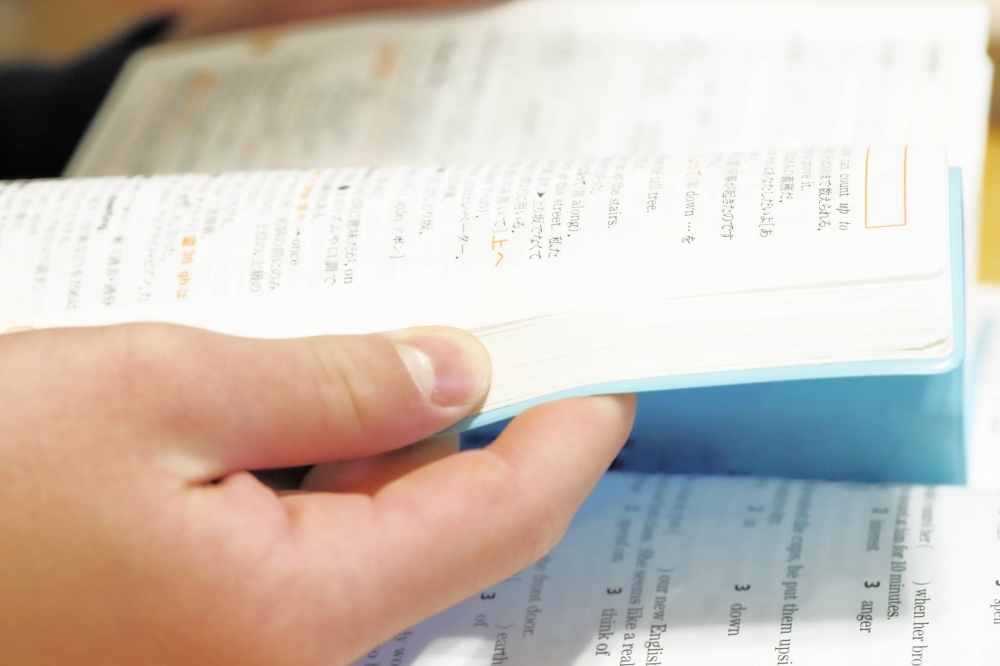Have you scrolled to the end of the emoji keyboard, looking for those peskily faraway hearts, and accidentally sent a mysterious “NG”? Asked a friend in Japan if they want to go out for hibachi and been met with a blank stare? As a language shifts and evolves, it’s wont to take absurd and arbitrary twists and turns. (Consider that inflammable means flammable, or that peruse means both to examine in close detail and browse superficially.) But when two languages get together, things can get extra weird.
On March 26, the Oxford English Dictionary, the historical dictionary widely considered as the definitive record of the English language, added 23 Japanese borrowings to its 500,000 words and phrases. Most were culture-related nouns, especially in food (“tonkotsu,” “onigiri”), along with “kintsugi,” “omotenashi” and “washi tape.”
“Hibachi” got an update as well. Though it was first added in 1933 as a charcoal brazier for warming hands or boiling water for tea, North Americans have been using it for just as long to mean something else. In English, the word can refer to a small portable barbecue, as well as to restaurants where someone cooks on a hot plate surrounded by diners (what’s called “teppanyaki” in Japan), as popularized by New York’s Benihana, which features a goofy chef who does tricks, including tossing food directly into people’s mouths.

